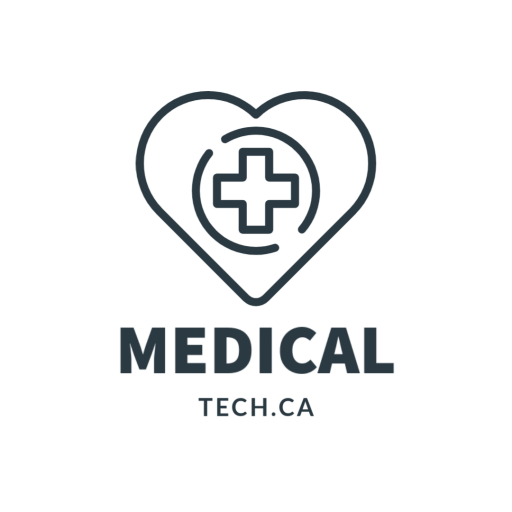
by medicaltechont | Jun 4, 2018 | Canada, Doctors, e-Health, eHealth, Electronic Medical Records, Healthcare, Ontario, Privacy, Toronto
A total of 5,063 public elementary students were suspended in Toronto this school year after getting caught in what one doctor called, a “1970s-style, cumbersome process” over immunization records.
The number of students suspended amounted to 7 per cent of the 73,262 elementary students in 586 Toronto public elementary schools assessed by Toronto Public Health from July to mid-December 2017. That’s a jump from 5.6 per cent last year.
“All of the students who were suspended either didn’t meet the immunization requirements as they were not up-to-date, their records were not filed on time, or they did not have a valid exemption,” said Dr. Vinita Dubey, associate medical officer at Toronto Public Health.
Read more at https://www.thestar.com/news/gta/2018/02/14/over-5000-elementary-school-kids-suspended-in-toronto-for-out-of-date-immunization-records.html

by medicaltechont | Mar 25, 2018 | Doctors, Technology
Imagine not having access to a doctor, and the only way you can receive care is if you travel hundreds of kilometres. A Saskatchewan program is harnessing the power of medical robotics to bring care to remote communities.
There is a robot revolution in health care. Everything from surgery, to preparing chemotherapy and how care is delivered to patients is being transformed by medical robotics.
In Saskatchewan, that means medicine is beamed into remote communities with the assistance of robots.
Read more at https://globalnews.ca/news/4102687/cant-access-a-doctor-a-robot-will-see-you-now/

by medicaltechont | Feb 3, 2018 | Healthcare, Technology
Diagnosing with “The Stethoscope of the 21st Century”
A new kind of doctor has entered the exam room, but doesn’t have a name. In fact, these doctors don’t even have faces. Artificial intelligence has made its way into hospitals around the world. Those wary of a robot takeover have nothing to fear; the introduction of AI into health care is not necessarily about pitting human minds against machines. AI is in the exam room to expand, sharpen, and at times ease the mind of the physician so that doctors are able to do the same for their patients.
Read more at https://futurism.com/ai-medicine-doctor/

by medicaltechont | Jun 24, 2017 | Doctors, Education, Healthcare
“Each year, a growing number of students do not get matched, putting the hundreds of thousands of dollars that provincial governments invest in educating and training future doctors at risk.”
After he was passed over twice for a medical residency program, after he quizzed university officials and career counsellors about the reasons for his rejection, after exploring his legal options and shortly before ending his life, Robert Chu wrote a letter.
It was precise, but penned with passion. It showed the persistence the 25-year-old medical school graduate had demonstrated throughout his accomplished life.
But he also expressed his despair at what he believed is a flawed system used to match medical school graduates to residency programs — the final, obligatory stage in a doctor’s training.
Read more at https://www.thestar.com/news/canada/2017/06/17/tragic-case-of-robert-chu-shows-plight-of-canadian-medical-school-grads.html

by medicaltechont | Dec 31, 2016 | Doctors, e-Health, Electronic Medical Records, Ontario, Technology
“For example, wouldn’t it make sense that anytime a patient has lab tests completed anywhere in the province that the results of these tests would be immediately sent to the records in each of their doctors’ offices?”
Minister Eric Hoskins’ Bill 41 continues to be confounding for many physicians, but possibly the most consistent question I am hearing is: Why do we need another layer of bureaucracy? How will sub-LHINs improve the system? One very intriguing twitter answer that I received suggested that this extra bureaucratic layer will serve as “administrative infrastructure” for primary care. That is something worth considering since I agree that Family Doctors need much more support than they are currently receiving.
Before I move directly into the discussion, I want to stress that I am not including those primary care providers who are not physicians in this consideration. The reason is that I want to focus on the infrastructure resources needed to deliver primary care and the Nurse Practitioner- led clinics are tremendously well-resourced, with all expenses already covered by the government, a luxury that physicians cannot access to the same degree which is the point here.
Read more at https://drgailbeck.com/2016/10/28/bill-41-infrastructure-investment/





